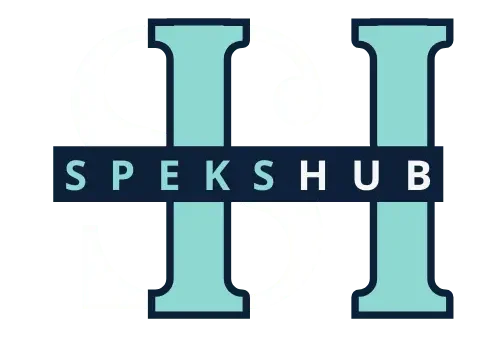Wants to understand what is 206 status code? Http 206 error code is when your search browser or user sends a specific range of request —just like asking for a specific part of information or file that is required— then it is highly possible that the server will respond to this request with a 206 http response code.
This status code means that everything is working perfectly and the way it should work, but it only delivers a part of specific information that is being asked. It is ideal for content streaming, resuming downloads, or for optimizing your bandwidth.
Key Takeaways
- In 206 Partial Content: server sends only requested resource portion through Range header.
- Best for: media streaming, resuming downloads, and large file handling.
- Common causes: range requests from user, also server supporting byte ranges.
- SEO impact: it is neutral or negative if misused or mishandled. Keep HTML resources full with 200 OK protocols. But it is good for data streaming or for media.
What Is HTTP Error 206 Partial Content?
Http status code 206 is totally different from other status codes that we see, because it is a successful partial content response.
➯ Meaning of 206 Status Code
The http error 206 Partial Content is a successful https server status response. It simply means that the server has returned only a specific portion of the resource that is being requested and specified by a range header in the user request.
We can take it as, if a user requests only one range of content, then the response you will get in return contains only that specific content range header with the specific resource type.
On the other hand for multi range data, the response you will get contains multipart or byteranges resource format.
➯ When It Is Used in Web Browsing
It used in the following web browsing:
- Very common in streaming media content: It is used to support play, pause, or seek media content without transferring the whole file and to avoid delays in streaming.
- Use in Download managers: It is used by download managers to resume paused downloads by fetching the specific part of data or resource.
- Beneficial in Bandwidth Optimization: It only fetches a specific chunk of data resource. It is best for large files, slow internet connections, or for previews.
Common Causes of 206 Partial Content
Following are the common causes of http status 206 code.
➯ Range Requests in Downloads or Streaming
- User requests partial data or resource through Range header, in that response server responds with that portion of data, that triggers a 206 status code.
- Also, in video or audio playback where players load small data portions as per needed.
➯ Server Configurations and Caching
- The Servers in the backend must support a range of requests, signaled by the “Accept-Ranges: bytes” header.
- If Misconfigurations of resources or proxy behavior can be seen then it might lead to unexpected partial data responses or 206 status code
- Caching can get tricky: some proxy servers try to cache those 206 responses, but screw it up, leading to broken playback or chopped-up files.
Fixing or Handling 206 Responses
Following are the ways to fix or handle 206 error code.
➯ Check Server and Client Requests
- Make sure that the user is sending valid and correct Range header— means correct byte range.
- Double check that the server supports range requests— means Accept-Ranges present and not none.
➯ Ensure Proper File Serving Settings
- On your web server (Apache, etc), it is important to double-check that Accept-Ranges is set to bytes.
- It is important for you to make sure that headers like `Content-Range`, `Content-Length`, and `Accept-Ranges` are all set up accurately.
- Watch out for proxies or load balancers—they’re notorious for mishandling fragmented responses and causing headaches.
Impact on SEO and Performance
Following is the impact of http status 206 on SEO and your site performance.
➯ How 206 Affects Crawling and Indexing
- Search engines like Google expect full page content (usually through “200 OK” protocol), not 206 partial content. Because a continuous 206 status response for HTML can interfere with site and content indexing.
- In special cases if search bots get 206 partial content requests unexpectedly, then it is possible that they might misinterpret them or skip their indexing—which potentially hurts SEO efforts. So, make sure that range requests are only for media or not for HTML resources.
➯ Benefits for Large File Delivery
- It is best for flawless user experience: media loads faster, resuming downloads works smoothly without interruption, and efficient bandwidth usage.
- It enables watching media content, partial loading of media, and parallel downloads of media resources—which improves performance without affecting SEO efforts when used correctly.
What does 206 Partial Content mean?
The 206 Partial Content means the server is sending only part of the file as requested by the client—rather than sending a whole file at once in response.
Is 206 an error or success?
It is a success status code, not an error. It indicates that the partial content request was handled correctly.
Why do browsers use 206?
To resume downloads without having to start them from the very beginning, or stream large files without reloading everything. It improves the user experience and optimizes the bandwidth as well.
Does 206 affect SEO?
Not negatively. When it mainly applies to media and file requests, then it is beneficial because of faster loading speed.
How do I fix unwanted 206 responses?
If partial content is unexpectedly returned, then check range headers, server config, and file permissions.

